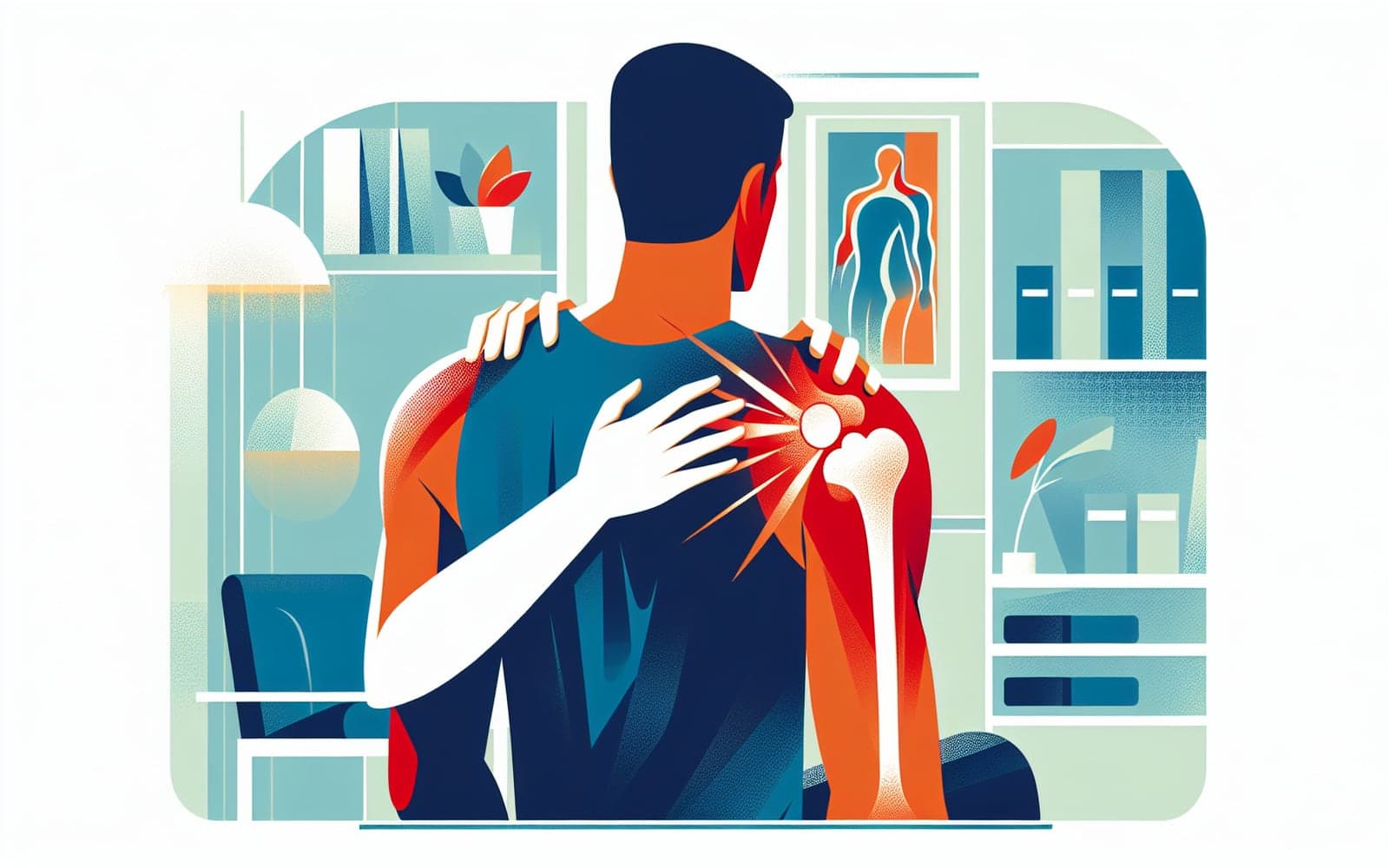Is That Pain in Your Shoulder a Biceps Tendon Injury?
Published: Jan 07, 2024
Shoulder pain is a common complaint, but did you know your biceps tendon could be the culprit? Biceps tendon injuries range from mild inflammation to complete tears, and understanding the signs can help you get the right treatment.
Contents
Types of Biceps Tendon Injuries
Biceps tendon injuries come in several forms. Tendinitis is inflammation of the tendon, while tendinopathy refers to degeneration over time. Partial tears occur when the tendon is damaged but not completely severed. A complete tear or rupture happens when the tendon fully separates from the bone. Each type of injury can cause different symptoms and may require different treatments.
Recognizing the Symptoms
Pain in the front of the shoulder is the most common symptom of a biceps tendon injury. This pain may worsen with lifting, pulling, or overhead activities. You might also experience a clicking sensation or pain that gets worse at night. In the case of a complete tear, you may hear a 'pop' and see bruising or swelling. Some people develop a visible bulge in the upper arm, known as a 'Popeye' deformity.

Diagnosing the Problem
Doctors typically diagnose biceps tendon injuries through a combination of physical examination and imaging tests. They may perform specific tests like the Speed test or Yergason test to check for tendon problems. Ultrasound and MRI scans can provide detailed images of the tendon to confirm the diagnosis and determine the extent of the injury.
Frequently Asked Questions
Minor injuries often improve with rest and conservative treatment.
Recovery time varies from weeks to months depending on injury severity.
Not always; many tears can be managed non-surgically, especially in less active individuals.
Proper form during exercise and avoiding overuse can help reduce risk.
Key Takeaways
While biceps tendon injuries can be painful and disruptive, most can be effectively treated with proper diagnosis and care.
If you're experiencing persistent shoulder pain, consider discussing your symptoms with Doctronic to determine if your biceps tendon might be involved.Related Articles
References
Nho SJ, Strauss EJ, Lenart BA, et al. Long head of the biceps tendinopathy: diagnosis and management. J Am Acad Orthop Surg 2010; 18:645.
McDonald LS, Dewing CB, Shupe PG, Provencher MT. Disorders of the proximal and distal aspects of the biceps muscle. J Bone Joint Surg Am 2013; 95:1235.
Always discuss health information with your healthcare provider.